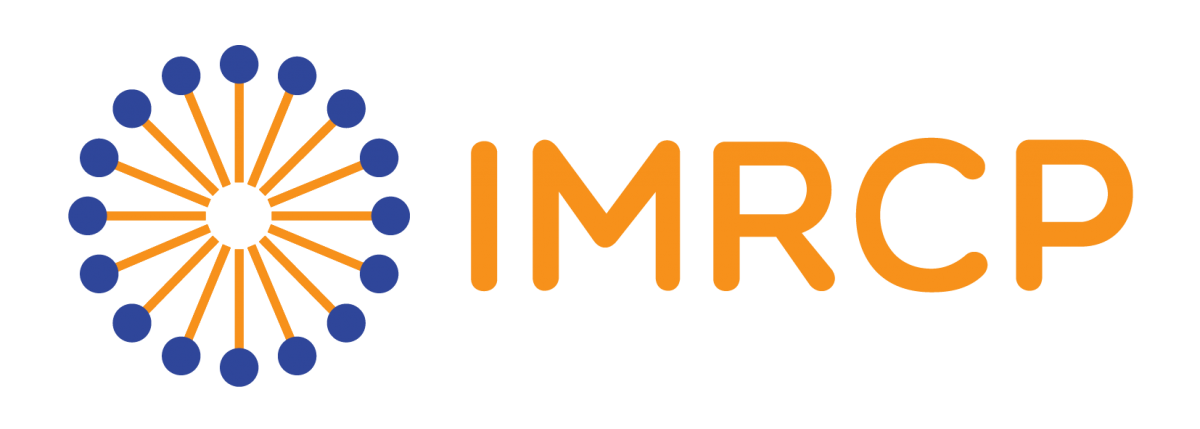Water dispersable NIR-powered dioxygen sensors based on nanoparticles
NANOSCIENCE

Lab: IMRCP
Duration: NanoX master Internship (8 months part-time in-lab immersion)
Latest starting date: 13/01/2023
Localisation: IMRCP laboratory TOULOUSE University
Supervisors:
Christophe COUDRET christophe.coudret1@univ-tlse3.fr
Work package:
Because of its biological roles, the monitoring of dioxygen is of crucial importance when addressing biological issues, from medicine down to environmental sciences.[1] Very promising are the optically addressed “wireless probes”, enabling the measurement of O2 concentration fields with limited perturbation, that can further be associated with other probes, yielding integrated sensors to record simultaneously several parameters.[2] Most of them rely on the dynamic quenching by the dioxygen of a luminescent dye, such as a ruthenium complex. However, if several other dyes are used in combination with such an O2-sensitive luminophore, spectral crowding can lead to a non-selective addressing of the O2- sensitive dye, leading to difficulties to disentangle the dyes’ responses. To bypass this problem, we propose to use the tricky phenomenon of upconversion, achieved in the very stable lanthanide-based upconverting nanoparticles [3]. Upon excitation with low energy NIR light, such an UCNP can emit in the blue or even UV range. Such a particle can be viewed as a local “nanolamp”, allowing one to excite a dye using NIR light. By anchoring tightly the dye onto such a lanthanide based nanocrystal one can greatly enhance its excitation with a high selectively. As the work involves the preparation of the UCNPs the grafting of a polymer loaded with the O2- sensitive ruthenium complex and the final nanohybrid assembly, we are looking for a student motivated by the specific nanoscience physico-chemical characterizations (dynamic light scattering, electron microscopy (transmission and scanning), luminescence studies, and willing to interact with our partners in charge of the biological assays.
References:
[1] M. Mosshammer et al. Nanoparticle- and microparticle-based luminescence imaging of chemical species and temperature in aquatic systems: a review Microchimica Acta 2019,186, 126 https://doi.org/10.1007/s00604-018-3202-y
[2] S. Ahmerkamp et al. SensPIV: Simultaneous Visualization of flow fields and oxygen concentrations to unravel metabolic exchange fluxes. Cell Reports Methods 2, 100216 Available at SSRN: https://ssrn.com/abstract=4006711 or http://dx.doi.org/10.2139/ssrn.4006711
[3] B. Amouroux et al. Importance of the mixing and high-temperature heating steps in the controlled thermal coprecipitation Synthesis of Sub-5-nm Na(Gd-Yb)F4:Tm Inorg. Chem. 2019, 58, 5082-5088 DOI: 10.1021/acs.inorgchem.9b00143
[4] E. S. Tsai Upconversion nanoparticles as intracellular pH messengers, Bioanal. Chem. 2020 412, 6567–6581, https://doi.org/10.1007/s00216-020-02768-5
Areas of expertise:
Nanoscience (characterization techniques), Photochemistry, interest into Polymer science
Required skills for the internship:
Lab experience, Communication, Curiosity
